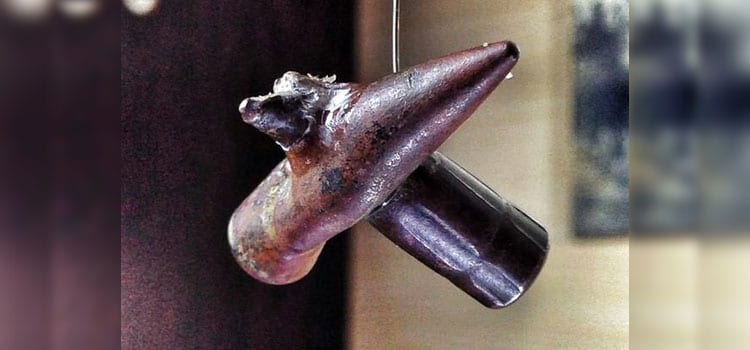Fatih Mehmet Kaya, interested in Turkish historyUpdated Apr 20 Why were the Ottoman Turks so prepared and victorious at Gallipoli?
When the British and French battleships were seen from the Turkish mainland in Gallipoli in 1915, it was not the first time of such an invasion of Turkey or a threat to the Turkish Straits. The Brits had already previously tried to invade the Turkish Empire from Dardanelles in 1807, a century before the WWI during the Napoleonic Wars but failed. The Turks had existing plans to defend the Dardanelles and they had placed artillery batteries at two sides of the strait.
Placement of the Turkish artillery batteries prior to the Naval Wars of Gallipoli. Image from Google
The geography of the region was also challenging for an invasion. The strait was too narrow for the battleships to cross and successfully threaten the Turkish capital, Istanbul. More importantly, the Turks were also not willing to give up. Aside from the batteries, they installed naval mines through the Dardanelles Strait. On March 18th, 1915, the battleships of the Entente powers had a humiliating defeat imposed by Turkish batteries and mines. Bouvet, HMS Irresistible and HMS Ocean were sunk, Gaulois, HMS Inflexible and other smaller ships were heavily damaged.
Battle positions of the British and French ships and Turkish defensive artillery. Also showing Turkish naval mine emplacements
March 18th, 1915 marked the end of the Dardanelles naval campaign of the joint Franco-British armada. The main objective of the armada was to occupy Istanbul, then capital of the Turkish Empire
The second chapter of the Gallipoli campaign was constituted by land battles. Entente ministers including Lord Kitchener decided to support naval operations by an invasion of the Gallipoli peninsula. This time the British, French and Anzac (combined Australian-New Zealand colonial forces) troops carried out a landing operation in the peninsula. The combined forces were commanded by Sir Ian Hamilton.
The Turkish troops were initially not fully ready for a land attack. However they had valuable military officers such as the famous paşa from Yanina, Gen. Esat Bülkat and Mustafa Kemal Atatürk, who was a lieutenant colonel at the time (He was promoted to the rank of colonel during the Gallipoli campaign). A famous instance showing Mustafa Kemal’s accuracy in predicting the shape of the enemy invasion occured on June 2nd; Mustafa Kemal correctly calculated the exact preferred position of the second wave of an Allied invasion around the vicinities of Arıburnu and Suvla bay. The Turkish forces successfully defended the area from the British IX Corps.
August 9th, 1915 at 0600 hours, Colonel Mustafa Kemal, commanding his troops at Anafarta
Mustafa Kemal contributed most parts of the Turkish victory in the land battles of the Gallipoli campaign. This also increased his public image and contributed much to his leadership during the Turkish War of Independence, four years later. During the fiercest moments of the battle, he often encouraged and inspired his soldiers and led them into a lethal bayonet charge against the Anzacs.
As Sir Ian Hamilton, the British commander of the Allied invasion forces writes on his diary:
“We are up against the Turkish Army which is well commanded and fighting bravely.”
Conclusion
The Turks were prepared and victorious for several reasons including
- their experienced military leadership and correct calculations on the enemy invasion
- their unwillingness to give up and their motivation to defend their lands
- geographical restrictions against a successful invasion for the Allies
- Ill-fated military decisions of the Allies


Leave a Reply